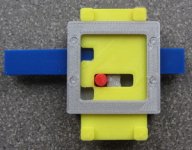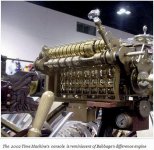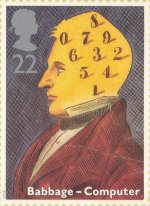Well, yes and no. One of the problems with tubes was reliability (ask any of the old SAGE people). Transistors were initially suspect, so a lot of diodes were used instead (e.g. PB250)--and alternate technologies stepped in to fill the gap. Parametrons (NEC systems) and core logic (Univac Solid State) were considered state-of-the-art at one time because their extreme reliability.
The big advantages that silicon transistors had over tubes that really closed the books was speed, space and consistency in manufacture. When that materialized, the alternate technologies were dropped.
I used to have some old logic boards with the little wire-leaded "peanut" tubes on them. PCB in the middle, with aluminum "wings" on either side. 6 tubes; 3 on each side, held in clips; every board that I bought had double triodes for all the tubes. They were very cheap on the surplus market; I was told that the only cost-effective way to troubleshoot these was to replace the whole assembly. I used several of the little triodes in some high-frequency experimentation.



